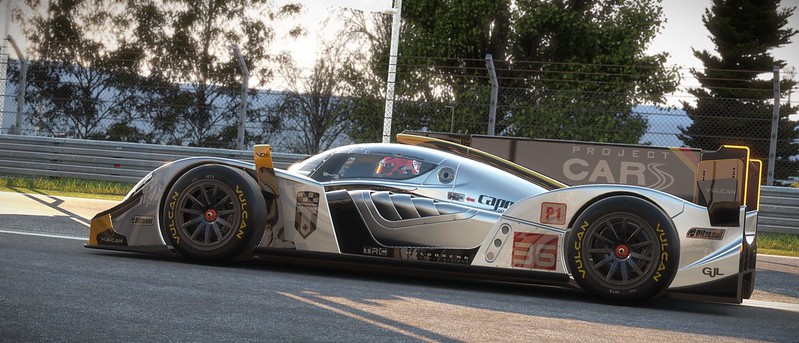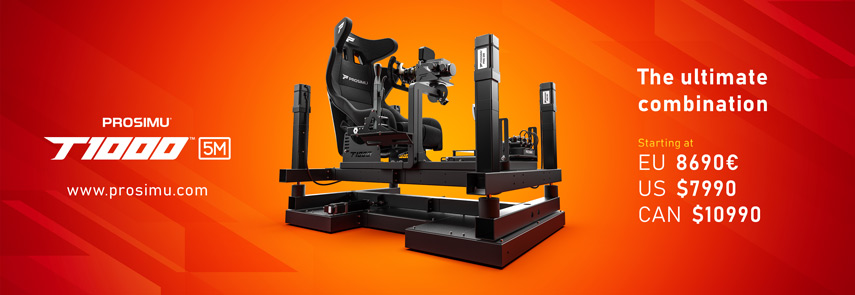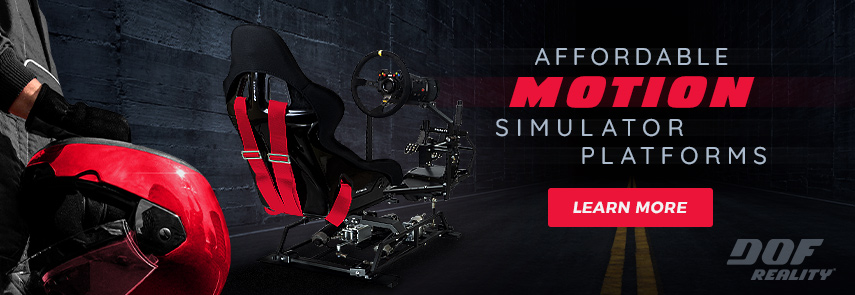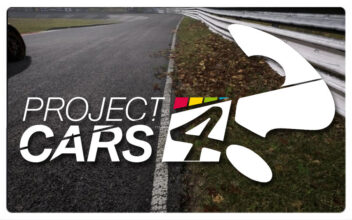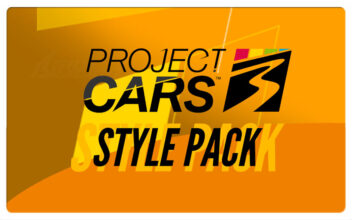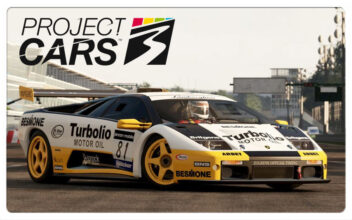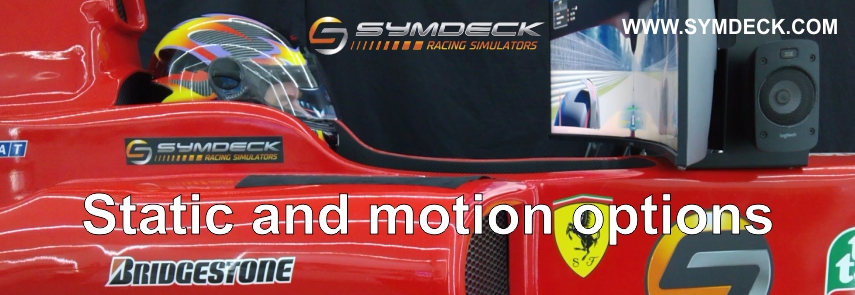
Project CARS PC Patch 7.0 Released
Slightly Mad Studios continues improving their Project CARS title by rolling out Patch 7.0 for the PC version.
When SMS announced to have already started work on the sequel of the successful racing game, many community members expressed their concerns that this would have negative consequences for the future development of the original Project Cars release.
Today, SMS once more proves that this is not the case, releasing the seventh update for the WMD-powered racing game. At the time of writing there is no patch release date communicated for the console versions of the game, but as usual, a patch will become available soon.
Check out the release notes below for more details. (included screenshot by JonZ)
PC Patch 7.0 – Release Notes
Physics & Tyres
- Neutralized the top speed advantage of running zero camber on many tires.
- Reduced flash layer temperature cap for GT3/LMP and other slick tires to make them less prone to overheating.
- Classic Lotus cars: Disabled patch-to-hub on several tyre carcass models as it was creating a strong low-speed FFB buzz.
Controls
- Update to latest Fanatec SDK
Career
- Corrected the German name for the LMP3 UK Semi-Pro Championship
Tracks
- Rouen Short – Reworked the AI paths around the hairpin area to try and keep the historic cars from running up the hill on exit when in tight packs.
Vehicles
- Repositioned the cockpit camera view to a proper center point for a number of vehicles that were reported to be incorrectly positioned.
Audio
- Lotus 40 and 49 – Rebalanced the AI vehicle volume.
Render
- Antialiasing mode DS2M fixed for AMD GPUs.
UDP streaming support
- Fixed a bug where the streaming rate option in the GUI was not working correctly. The option is enabled via the ‘Game play’ menu ‘UDP mode’. This can be selected between off and 1-9. The number represents the UDP streaming data rate as follows:
UDP off
UDP 1 60/sec (16ms)
UDP 2 50/sec (20ms)
UDP 3 40/sec (25ms)
UDP 4 30/sec (32ms)
UDP 5 20/sec (50ms)
UDP 6 15/sec (66ms)
UDP 7 10/sec (100ms)
UDP 8 05/sec (200ms)
UDP 9 01/sec (1000ms)
The stream is sent to a broadcast address (255.255.255.255) on port 5606.
Oculus Rift
- All UI screens are now correctly mirrored on the main monitor.
- The following entries refer to fields in the OculusSettings.xml file located in your Documents/Project CARS folder. This file is auto-generated the first time you run the game with the headset active.
VSync – “false” will ignore any user setting and use the code default (currently set to off). “true” will use whatever vsync is set to in the “graphicsconfigoculusdx11.xml” file in your Documents/Project CARS folder.
- ResetVR – Changed automatic camera position reset at race start to be user controlled, providing 4 options:
0 – Always use Oculus system default position
1 – Reset view once at boot-up only
2 – Reset at start of race, but only once per execution of the game
4 – Reset at start of every race (supersedes case above)
These values can be combined by adding up, for example:
3 – Reset at boot and at start of the first race
- NearZ – Overrides the game’s default NearZ value for player cameras (0.1). This value determines how close to the camera the 3D world will stop drawing. Setting this override to a value less than the default will allow for less clipping of objects close to the camera. Too low values may cause some texture flickering on objects in the game world. Try values around 0.05 as a starting point. Setting it to 0 will use the default game value.
- GForce – Overrides the Camera Movement value that simulates G-force effects on the player’s head. Valid range is 0-1. Setting it to -1 will use the value set in the game options.
- WorldMovement – Overrides the Camera Movement value that controls how the visible movement is balanced between the world vs the car. Valid range is 0-100. Setting it to -1 will use the value set in the game options.
- ExposureFOV – This field allows you to control the FOV that’s used to calculate the HDR exposure. This is very useful for closed-cockpit cars where the default VR FOV of 120 typically causes the outside view to be extremely bright. Setting it to 0 will use the default FOV.
 Bsimracing Sim Racing Resources and News for the racing enthousiast.
Bsimracing Sim Racing Resources and News for the racing enthousiast.

